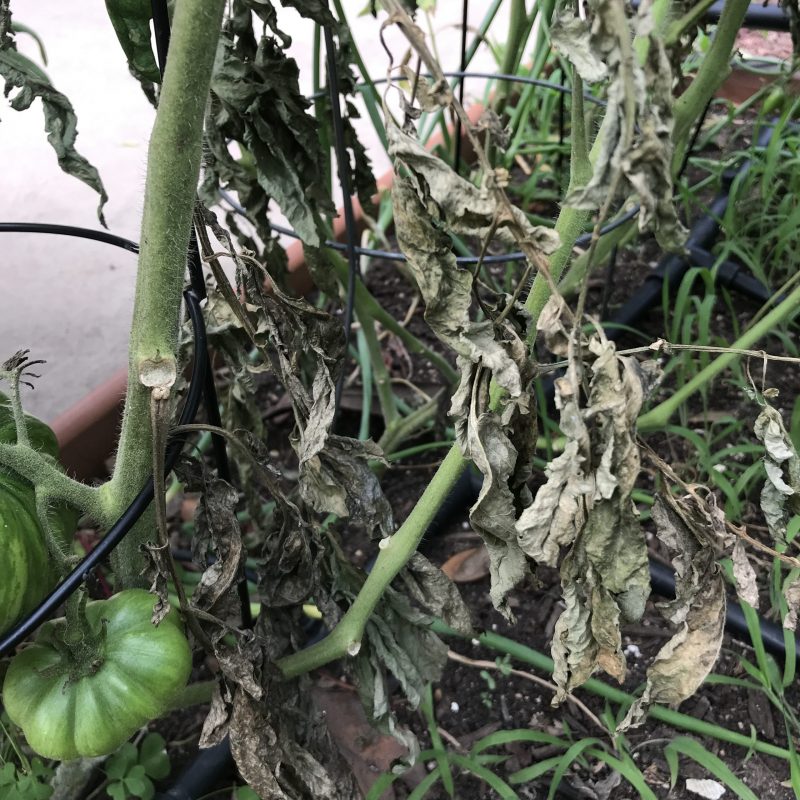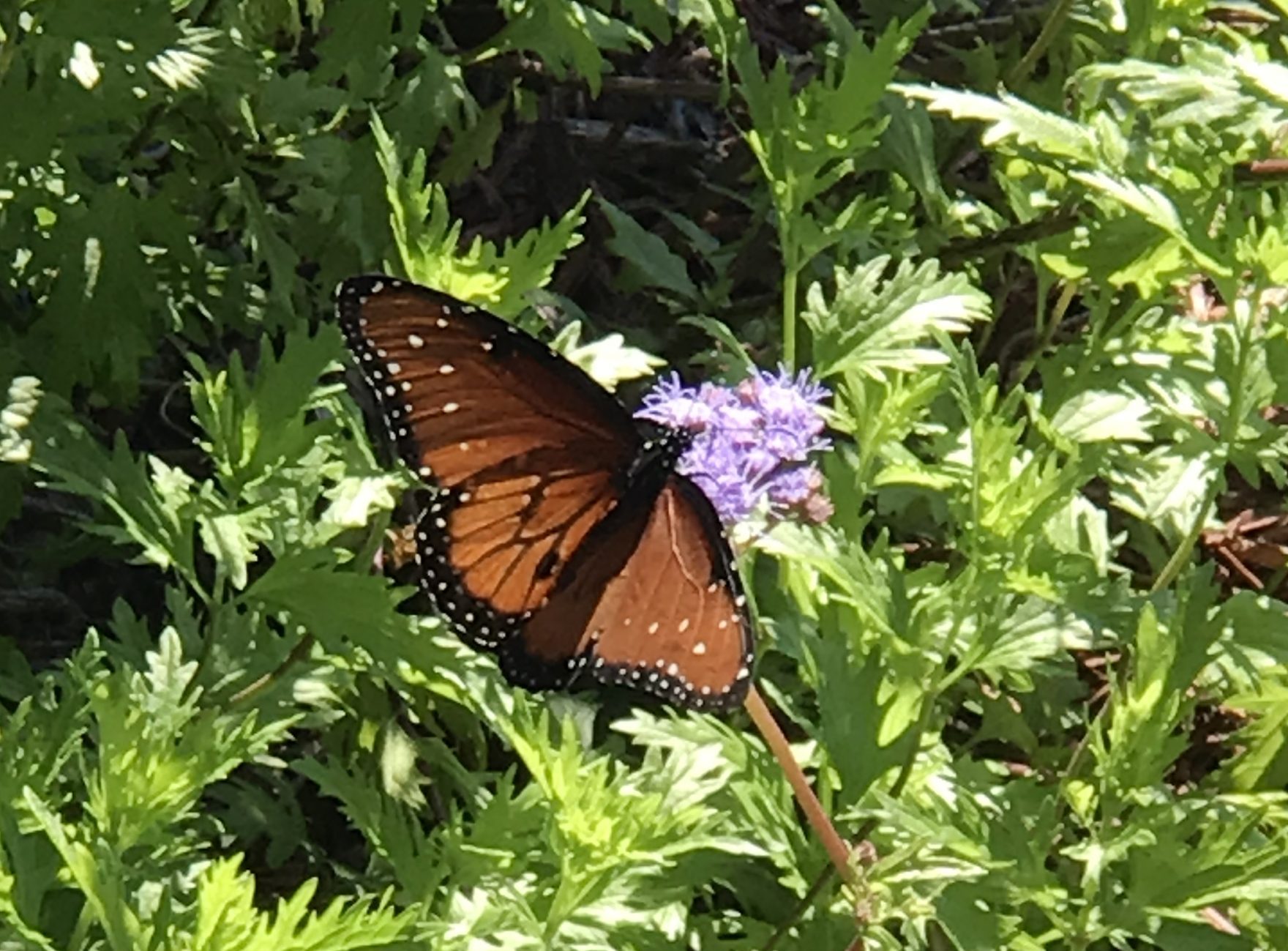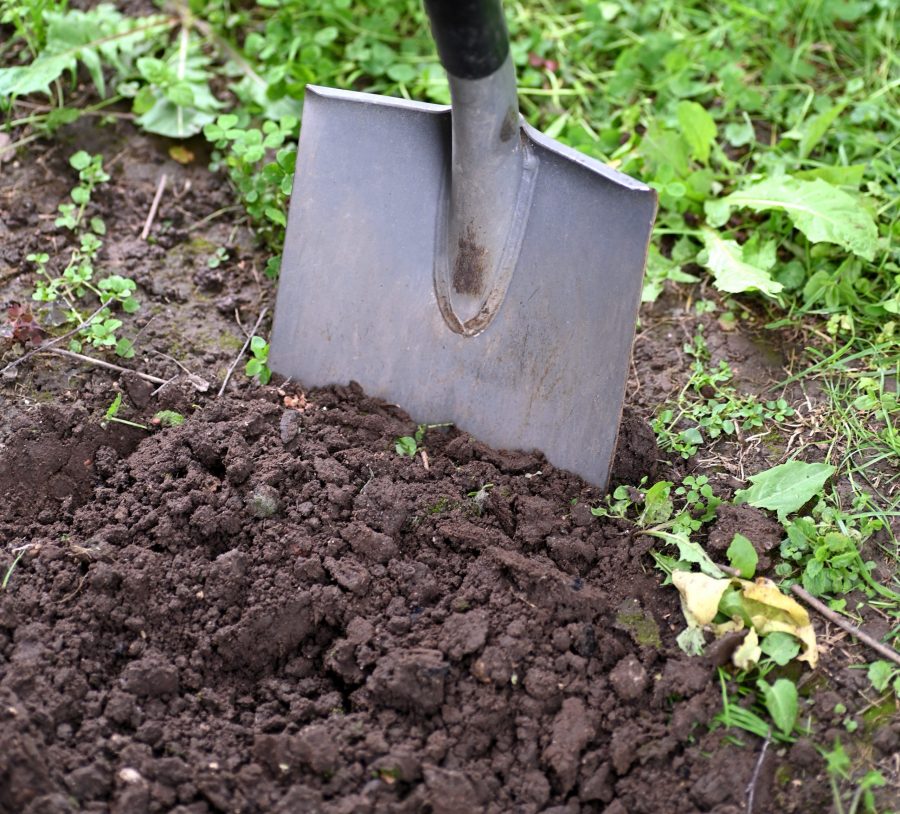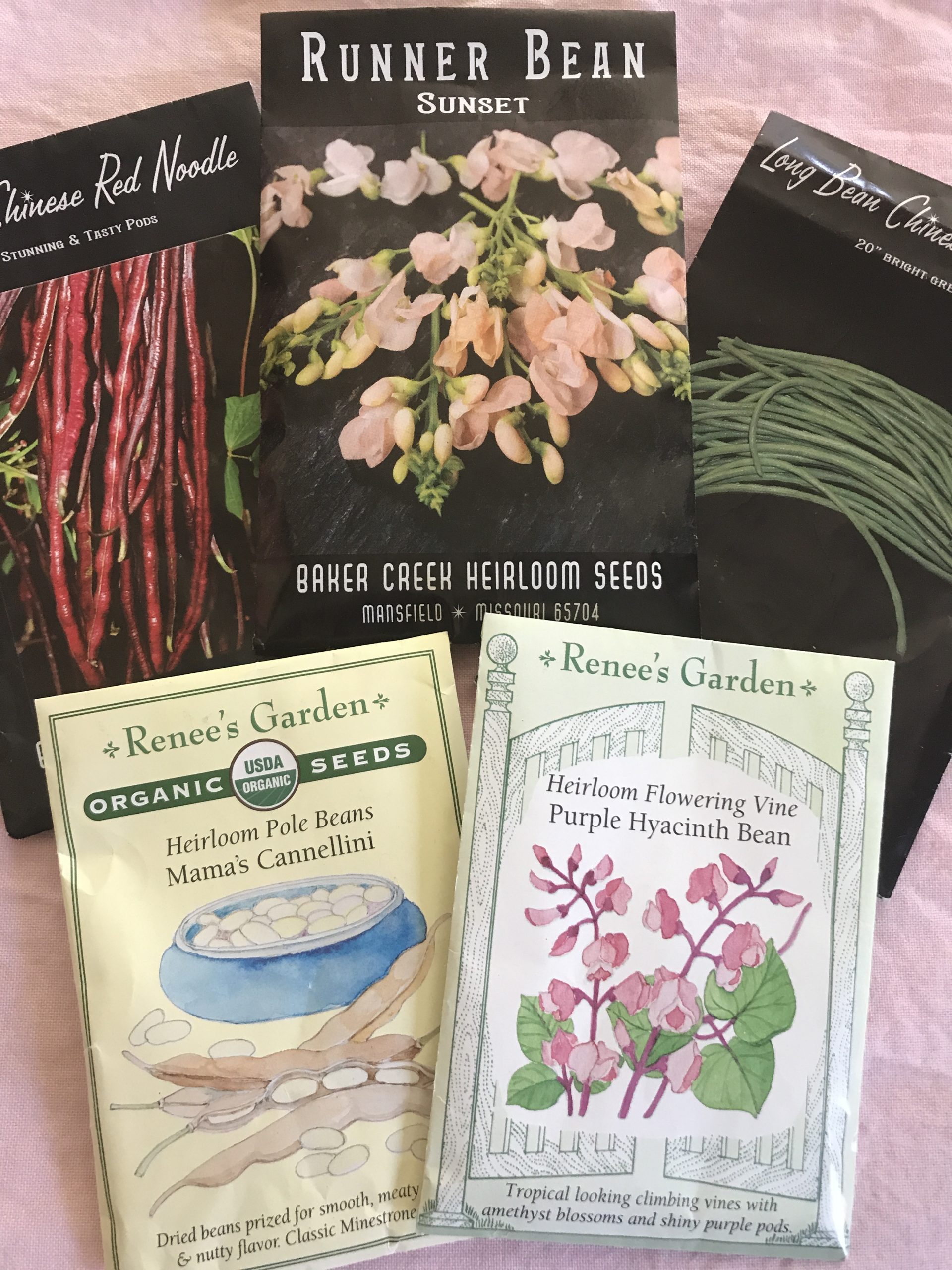It is heartbreaking to invest so much in your vegetable garden only to watch it fall victim to pests and diseases. Unfortunately, there is no such thing as the perfect garden. This post will look into the most common diseases we may encounter in the vegetable garden and how to deal with them.
Three main factors contribute to the development of diseases in a garden.
- A susceptible host is a plant that provides the essential elements for the disease to thrive.
- The pathogen: This is the disease itself that develops whenever the right conditions are available.
- The environment: These are the natural elements surrounding the plant, including temperature, humidity, soil, wind, and light.
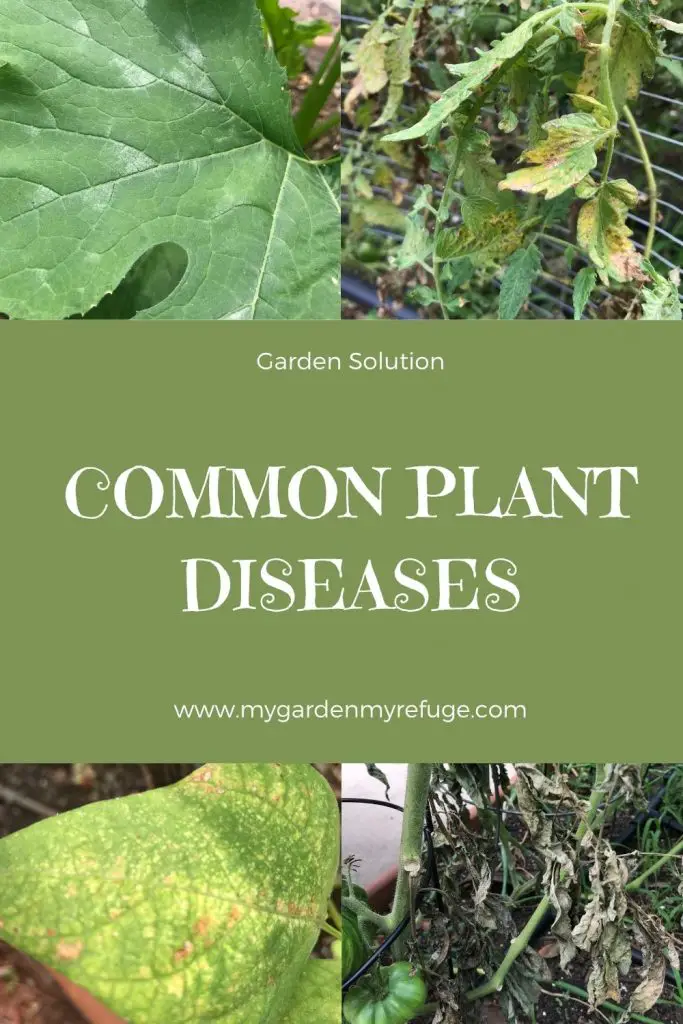
Identify the disease
When it comes to plant-related diseases, it is somewhat tricky for new gardeners to identify. It takes some experience to know the different symptoms of a given disease.
#1 Blight
Blight is common in tomato and potato plants. It manifests as a brown spot surrounded by a yellow halo. It spreads fast, destroying the foliage and leaving the fruits exposed. There are three types of blight: early blight, fire blight, and late blight. They all make the plant look like it was set on fire and can also affect the fruits.
Cause
It is caused by fungi that thrive in warm and humid weather. Insects, animals, wind, and water carry the spores, spreading among the plants.
Prevention
- Choose disease-resistant varieties. But you might not have that luxury if you are an avid heirloom grower.
- Keep your garden clean from debris.
- Increase airflow between the plants by spacing them appropriately and regularly pruning old leaves.
- Water in the mornings to allow the soil and plants to dry during the day.
- Exercise crop rotation to turn the area unfavorable to the pathogen.
- Clean your tools and hands and sanitize them to prevent cross-contamination.
Treatment
There are no effective treatments for blight or any fungal disease, for that matter. The disease has already spread by the time the symptoms appear on the plant. However, you may use a copper-based fungicide to slow the spread and allow the plant time to produce.
Organic growers keep cleaning the plant from damaged parts and throw them away. If the damage is unsalvageable, take it out and discard it and avoid planting the same variety the following year in the same area.
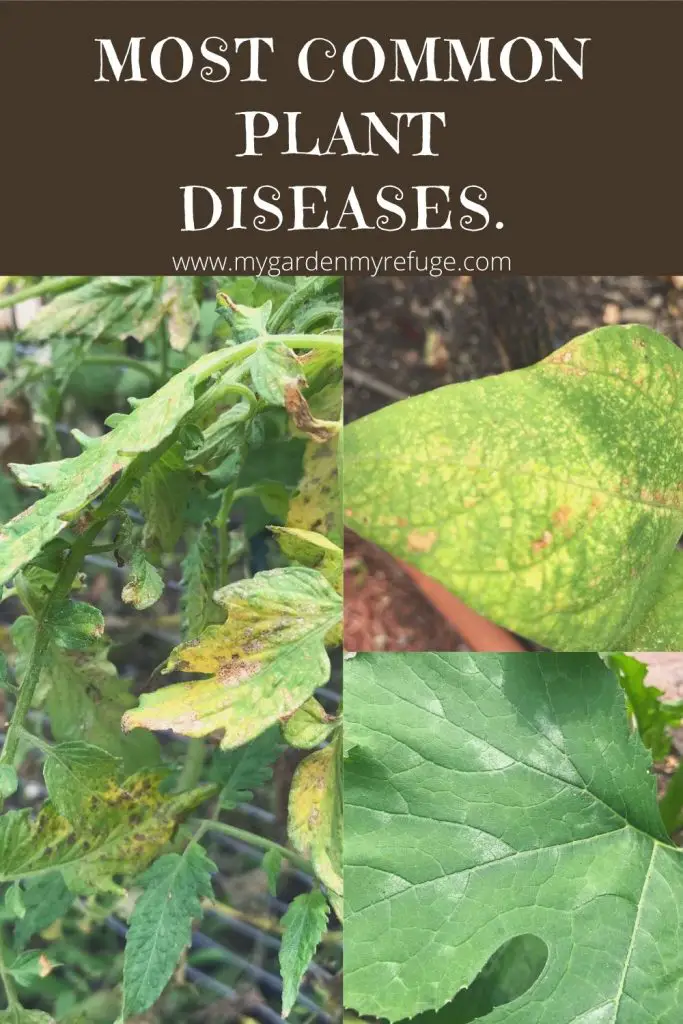
#2 Blossom-end rot
Blossom-end rot is not classified as a disease since the surrounding conditions cause it. However, it does open up the door to a disease called mold that can destroy the plant.
Blossom-end rot affects many fruiting plants such as tomatoes, eggplant, zucchini, and peppers. It shows up as a dark brown spot at the base of the young fruit.
Causes
This disorder is a sign of calcium deficiency. It is commonly thought that poor soil is the main reason. While that might be true, the leading cause is the plant’s inability to absorb the calcium from the soil due to irregular watering.
Prevention
The most crucial step to prevent blossom-end rot is to avoid sporadic watering.
Treatment
There is no treatment for blossom-end rot other than improving watering practices.

#3 Damping-off
Damping-off affects mostly seedlings, but it can affect newly planted transplants. The stem looks pinched and dry at the base of the plant, making the top flop over.
Cause
It is a soil-borne fungal disease that thrives in damp areas, hence the name.
Prevention
- Replenish soil with fresh compost.
- Water in the morning to allow the soil to dry out.
Treatment
Unfortunately, there is no cure for damping-off. Once it gets to the plant, there is no way of saving it.

#4 Powdery mildew
Powdery mildew is another fungal disease that affects many plants, especially zucchini, cucumber, calendula, and zinnias. It appears as a grey or white powder-like spot on the leaves.
Causes
A fungal infection causes powdery mildew. It thrives in warm and humid climates with low sunlight and poor air circulation.
Prevention
- Choose mildew-resistant varieties.
- Avoid crowding plants for better airflow.
- Plant in a full sun location.
- Keep the plant healthy by pruning old and affected leaves.
- Spray a 40/60 ratio of milk to water solution to prevent mildew.
Treatment
There are a few homemade remedies you may try to combat powdery mildew. However, they are more effective as preventatives rather than treatments.
- Baking soda solution: 1 tablespoon baking soda+ 1/2 teaspoon natural soap+ 1 gallon of water. Mix the solution well before spraying it liberally on the affected leaves.
- Milk solution: Mix one part milk with two to three parts water, then spray on the affected leaves.
- Sulfur-containing fungicides: these are commercially available and may be more effective. Read the label to make sure you are comfortable with the ingredients.
#5 Rust
Rust manifests in the form of reddish spots on the leaves. It affects beans primarily in the home garden. Although it does not kill the plant, it still affects its vigor and flower production.
Causes
Rust is a soil-borne fungal disease that thrives in warm and humid climates. The spores spread from the infected plant to the healthy ones by water, wind, or leaves rubbing.
Prevention
- Remove affected leaves as soon as possible and discard them.
- Keep tools and hands clean.
- Avoid crowding your plants.
Treatment
There is no home remedy for rust, but you can try fungicide spray.
